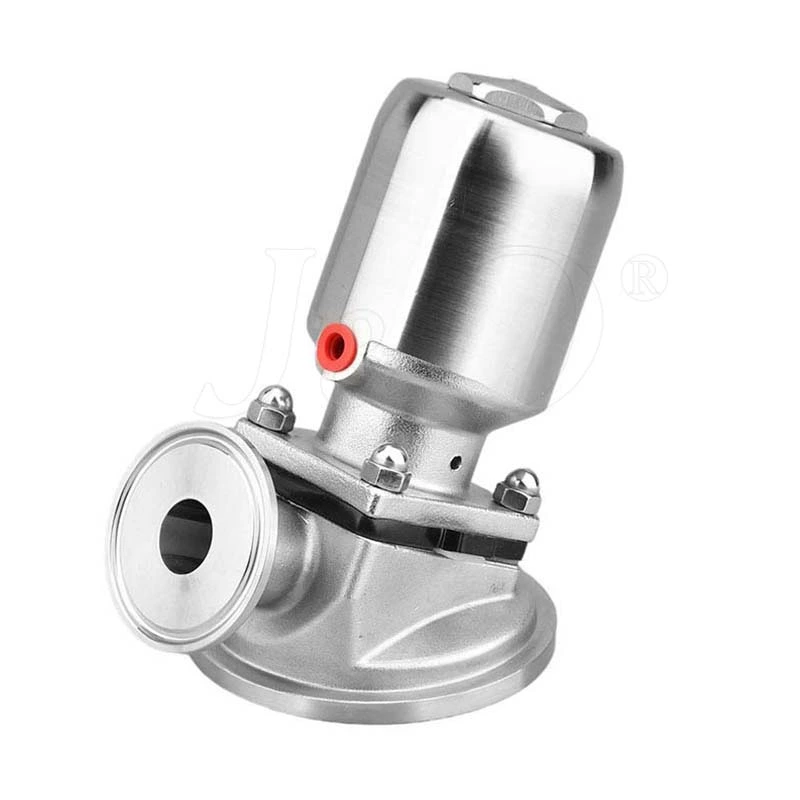Preparation Work Before Installation Of Manual Diaphragm Valve
Sanitary Diaphragm Valve Preparation before installation
The application conditions of manual diaphragm valves are similar to those of clamping valves. The rebound of the diaphragm makes it seal along the particles in the fluid and enables it to operate ideally in slurries, process materials or fluids containing solids. Generally, diaphragm valves can be divided into three driving modes: manual, pneumatic (normally open or normally closed), and electric. That is, the manual diaphragm valve is a new type of valve with a tail valve and a sterilizable function, and a manually driven straight-through stop valve. EPDM diaphragm material, precision cast stainless steel valve body, polished straight-through* channel, and has open and close limit and status display functions. The valve is acid-resistant, alkali-resistant, leak-free, non-bacterial, easy to disinfect and easy to maintain.
The manual diaphragm valve is a new type of manually driven straight-through stop valve with a tail valve and a sterilizable function. In order to ensure the smooth installation of the manual diaphragm valve, the following preparations should be made before installation:
1. Before installation, check whether the specifications and materials of the diaphragm valve are consistent with the design.
2. Before installation, clean the sand, foreign matter and debris inside to avoid improper operation or leakage.
3. Gaskets need to be installed between the diaphragm valve and the flange during installation.
4. Before installation, the relevant piping should be properly suspended and fixed according to regulations to avoid improper stress on the valve after installation.
5. The two flange surfaces of the piping must be parallel and concentric.
The manual diaphragm valve has the characteristics of acid and alkali resistance, no leakage, no bacteria, easy disinfection and convenient maintenance. It can operate ideally in slurry, process materials or fluids containing solids.
Operation steps of manual diaphragm valve:
The operation of the manual diaphragm valve is very similar to that of the hose valve. Rotating the handwheel makes the compressor descend and start to push the diaphragm like the bottom wall of the valve body. In the throttling state, the manual operator rotates to the required flow and stays there. In the open-close state, when the maximum pressure is reached, the two surfaces are tightly sealed. As the diaphragm valve opens, the rotation of the manual operator acts in the opposite direction, increasing the flow area as the closing element lifts. Finally, in the fully open position, the compressor is retracted into the bonnet cap and the diaphragm is away from the flow stream. At this point the valve reaches its full area capacity. In summary, diaphragm valves provide an inherent equal percentage flow characteristic, which tends to move in a straight line when operated.
